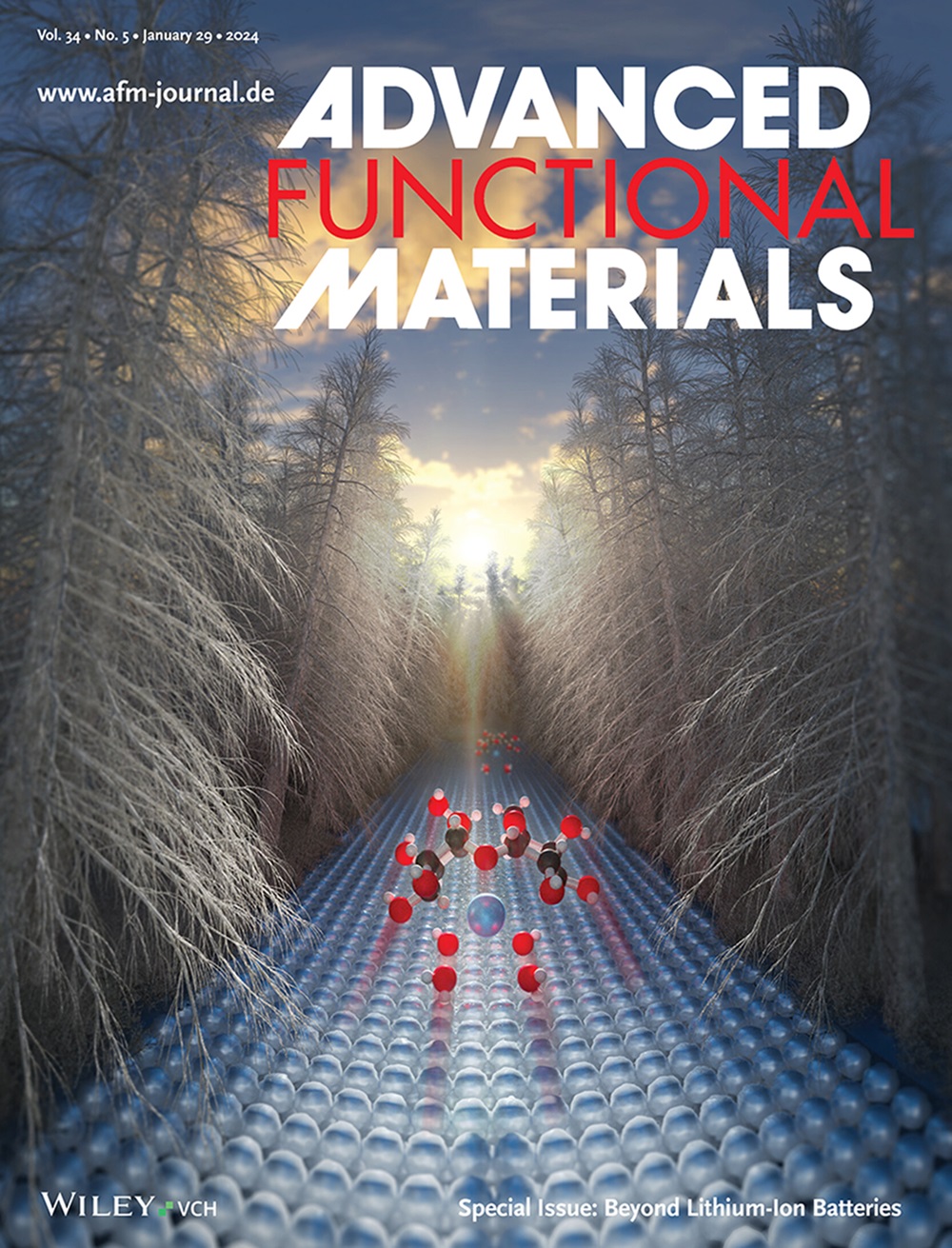Formation of 2D Electron Gas at a Non‐Polar Perovskite Oxide Interface: SrHfO3/BaSnO3
IF 19
1区 材料科学
Q1 CHEMISTRY, MULTIDISCIPLINARY
引用次数: 0
Abstract
A consistent increase in conductance in La‐doped BaSnO非极性钙钛矿氧化物界面上二维电子气体的形成:SrHfO3/BaSnO3
在与非极性钙钛矿SrHfO3 (SHO)形成界面后,观察到La掺杂BaSnO3 (BLSO)的电导持续增加。SHO/BLSO界面的电导增强是SHO层厚度和BLSO层中La掺杂率的函数。与LaInO3/BaSnO3和LaScO3/BaSnO3的极性界面不同,电导随SHO厚度的变化呈单调增加。SHO的前几个单胞对电导的影响最为显著。还发现SHO/BLSO界面只需要少量掺杂(≈0.2%)就可以补偿BaSnO3中的深层受体。为了确定载流子的分布,采用了电容电压谱法,表明载流子被限制在距离界面1 ~ 2nm的范围内。使用自洽泊松Schrödinger方程求解器分析了在界面处观察到的二维电子气体行为。该分析提供了SHO厚度和La掺杂对SHO/BLSO界面电导增强依赖性的一致图像,表明SHO/BLSO界面的大导带偏移和SHO中固有的深层给体态是造成BLSO侧电位阱形成的原因。
本文章由计算机程序翻译,如有差异,请以英文原文为准。
求助全文
约1分钟内获得全文
求助全文
来源期刊

Advanced Functional Materials
工程技术-材料科学:综合
CiteScore
29.50
自引率
4.20%
发文量
2086
审稿时长
2.1 months
期刊介绍:
Firmly established as a top-tier materials science journal, Advanced Functional Materials reports breakthrough research in all aspects of materials science, including nanotechnology, chemistry, physics, and biology every week.
Advanced Functional Materials is known for its rapid and fair peer review, quality content, and high impact, making it the first choice of the international materials science community.
 求助内容:
求助内容: 应助结果提醒方式:
应助结果提醒方式:


